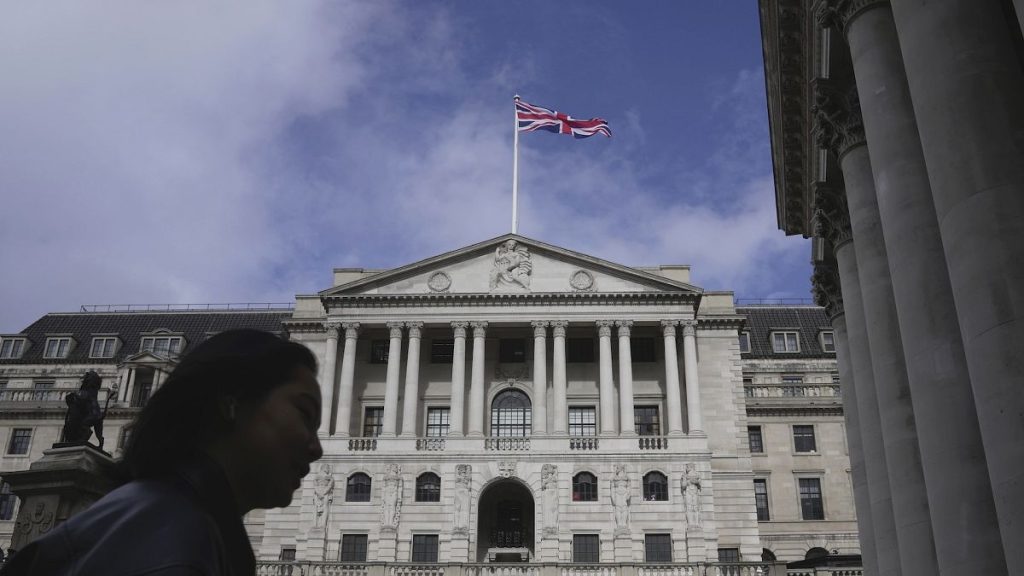The UK’s inflation rate climbed to 2.6% in the year to November, marking its highest point since March and the second consecutive monthly increase. This rise, primarily fueled by escalating fuel prices, exceeded the Bank of England’s 2% target and solidified market predictions that the central bank would maintain its benchmark interest rate at 4.75% following its December policy meeting. The upswing in inflation follows a period of easing price pressures, with September’s rate reaching its lowest point since April 2021. While the Bank of England had anticipated a resurgence in inflation when it last reduced rates in early November, the November figures reinforced the view that a further rate cut was unlikely in the immediate future.
This recent inflationary uptick comes against a backdrop of globally declining inflation rates, a significant shift from the multi-decade highs experienced in the wake of the COVID-19 pandemic and the Russia-Ukraine conflict. These crises triggered unprecedented supply chain disruptions and energy price surges, prompting central banks worldwide to implement aggressive interest rate hikes, moving away from the near-zero rates prevalent in the post-2008 financial crisis era. As inflation gradually recedes, central banks have cautiously begun to lower interest rates, although a return to the ultra-low rates of the past remains unlikely in the foreseeable future.
The November inflation figures in the UK have tempered expectations of substantial interest rate cuts by the Bank of England. This cautious approach is partly influenced by concerns surrounding the potential inflationary impact of the new Labour government’s October budget, which featured increased public spending financed through higher business taxes and borrowing. Economists speculate that this fiscal expansion, combined with the possibility of businesses passing on the increased tax burden to consumers through higher prices, could exacerbate inflationary pressures.
The interplay between government fiscal policy and the central bank’s monetary policy is a key factor in the current economic landscape. The government’s expansionary fiscal stance, while aiming to stimulate economic activity, carries the risk of fueling inflation. The Bank of England, tasked with maintaining price stability, must carefully calibrate its monetary policy to balance the potentially conflicting goals of supporting economic growth and controlling inflation. The recent inflation figures complicate this balancing act, suggesting that the central bank may need to maintain a tighter monetary policy than previously anticipated.
The November inflation data provides a snapshot of the complex economic dynamics at play. The global trend of declining inflation, although encouraging, is not uniform, and individual countries face unique challenges. The UK, with its specific fiscal and monetary policy context, must navigate the potential inflationary pressures arising from both domestic policy decisions and global economic factors. The Bank of England’s policy decisions in the coming months will be crucial in managing these challenges and steering the economy towards stable and sustainable growth.
Looking ahead, the trajectory of inflation will depend on a multitude of factors, including global energy prices, supply chain resilience, and the effectiveness of government policies. The Bank of England will closely monitor these developments and adjust its monetary policy accordingly, striving to maintain price stability while supporting economic recovery. The ongoing dialogue between fiscal and monetary authorities will be essential in navigating this complex economic landscape and ensuring that policy decisions are aligned to achieve the overarching goals of sustainable growth and price stability.














